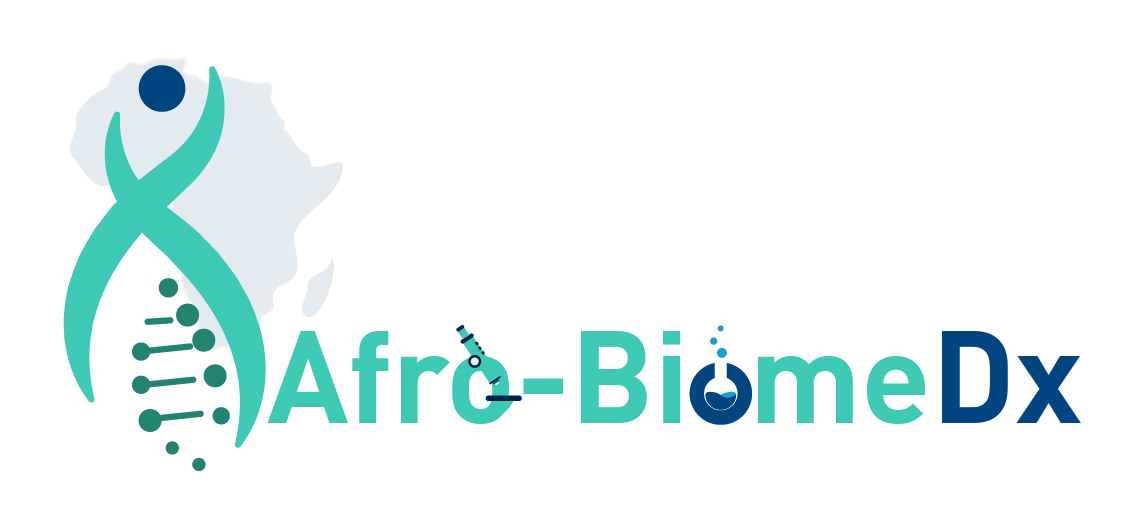OVERVIEW
The Special Hematology and Coagulation Laboratory provides accurate and reliable test results by automated and manual methods for the diagnosis, treatment, and prognosis of hematological disorders, including various anemias, hemoglobinopathies, leukemia, and disorders of hemostasis and thrombosis.
It is a full-service laboratory with automated variant hemoglobin and thalassemia analysis, automated and manual coagulation testing, automated and manual platelet function testing, sickle cell screening, and tests for inherited red and white blood cell disorders. Due to the specialized nature of the testing performed in the Special Hematology and Coagulation Laboratory, we work closely with the physicians who submit samples to us in order to promote optimal usage of the testing provided.
OUR RESEARCH
Severe liver disease may disturb hemostasis by impairing clotting factor synthesis. Because all coagulation factors are made in the liver (by hepatocytes and endothelial cells), both the prothrombin time (PT) and partial thromboplastin time (PTT) are prolonged in severe liver disorders. (PT results are typically reported as INR [international normalized ratio].) Occasionally, decompensated liver disease also causes excessive fibrinolysis and bleeding due to decreased hepatic synthesis of alpha 2-antiplasmin.
Hematology–oncology refers to the combined medical practice of hematology (the study of the blood’s physiology) and oncology (the study of cancer). This type of medicine diagnoses and treats cancerous blood disorders and cancers, and manages symptoms of these diseases and resultant tumors (if present).
Causes and Risk Factors
Disorders of the coagulation system can either be acquired after birth or they can be hereditary and passed down from the parents to the child. The most common type of hereditary coagulation disorder is hemophilia.
Smoking, overweight and obesity, pregnancy, use of birth control pills or hormone replacement therapy, cancer, prolonged bed rest, or car or plane trips are a few examples. The genetic, or inherited, source of excessive blood clotting is less common and is usually due to genetic defects.

